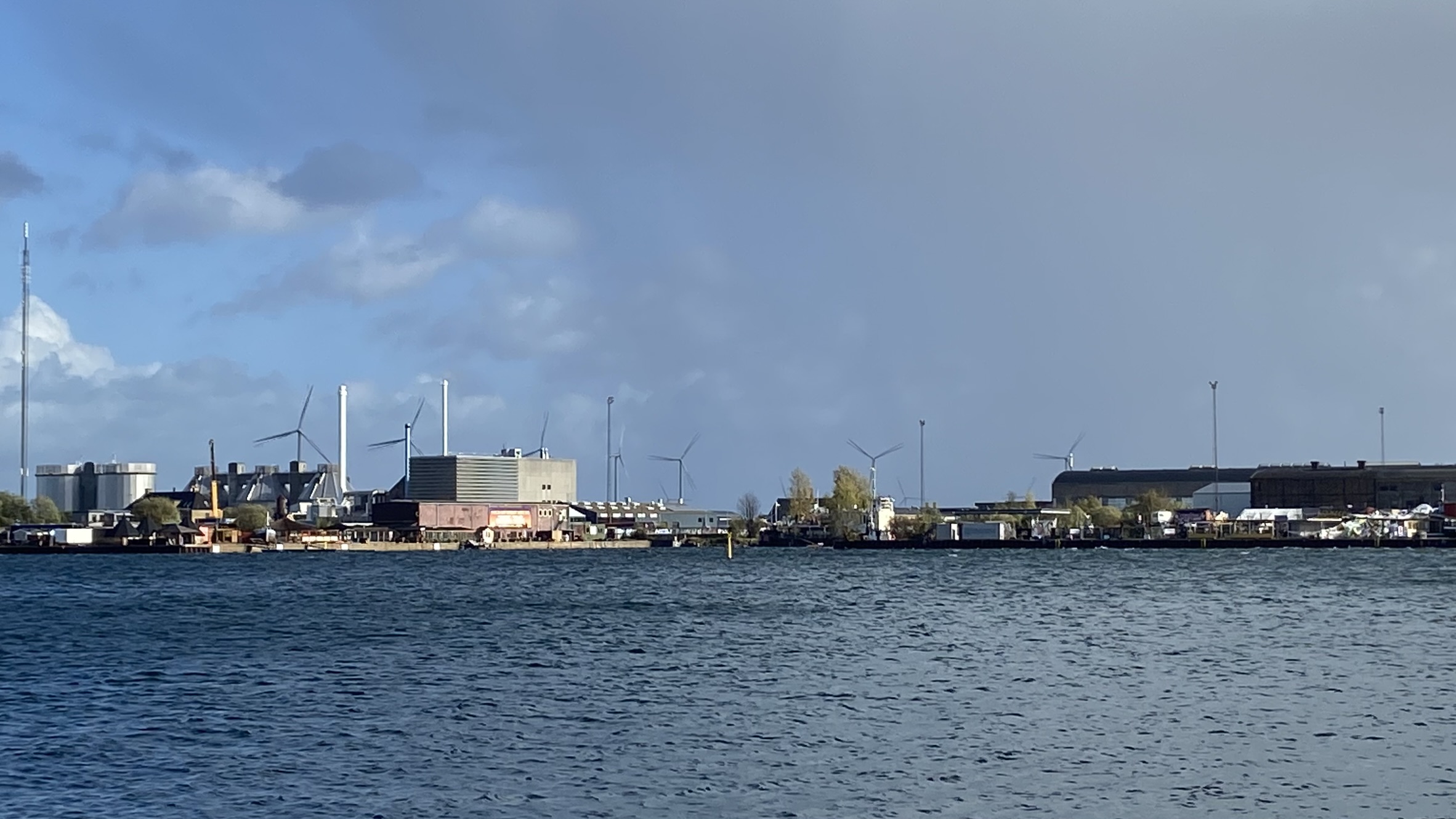Ever since the election of Ronald Reagan to the U.S. presidency and the following launch of the neoliberal period in the early 1980s, trade unions in the United States have suffered a steady decline. Today, barely one in ten workers carries a union card, compared to more than one in three in 1953.
At the bargaining table, unions have been on the defensive for a generation, and contract negotiations have normally resulted in unions giving concessions to employers—in health care coverage, in pension benefits, and in wage levels.
Moreover, the weakening of the trade union movement is a root cause for the redistribution from the bottom to the top. In the last three decades, workers’ incomes have basically stagnated, and in many cases even decreased, while the incomes of the upper ten percent, and most notably those of the upper one percent, have skyrocketed.
With the recent financial and economic crisis, a shift to austerity politics has further increased the pressure unions face. Republican-led attacks on public sector unions—the last union stronghold in the U.S.—have increased. Right-wing state governors like Wisconsin’s Scott Walker challenge the very existence of unions as effective organizations.
However, these attacks have at the same time generated a new sense of crisis amongst the trade unions. Within these unions, as well as within the U.S. left, the debate about the future of organized labor is well under way. One form of countering the right-wing attacks has been to commit more resources to political organizing and building alliances with other movements (for example, those around immigrant rights and, more recently, the Occupy movement). On the other hand, unions attract considerable criticism for being narrow and unprepared to develop a clear class-based politics and orientation that is independent of capital.
Sean Sweeney, Director of the Global Labor Institute at Cornell University, analyzes the recent historic development as well as the current state of U.S. trade unions. He discusses both the formidable challenges they face and the present possibilities for new alliances and organizing strategies. He argues that the future of organized labor in the United States will depend on the capacity of unions to develop a distinctly new message and politics to appeal to the ninety percent of workers who are not in a union.



